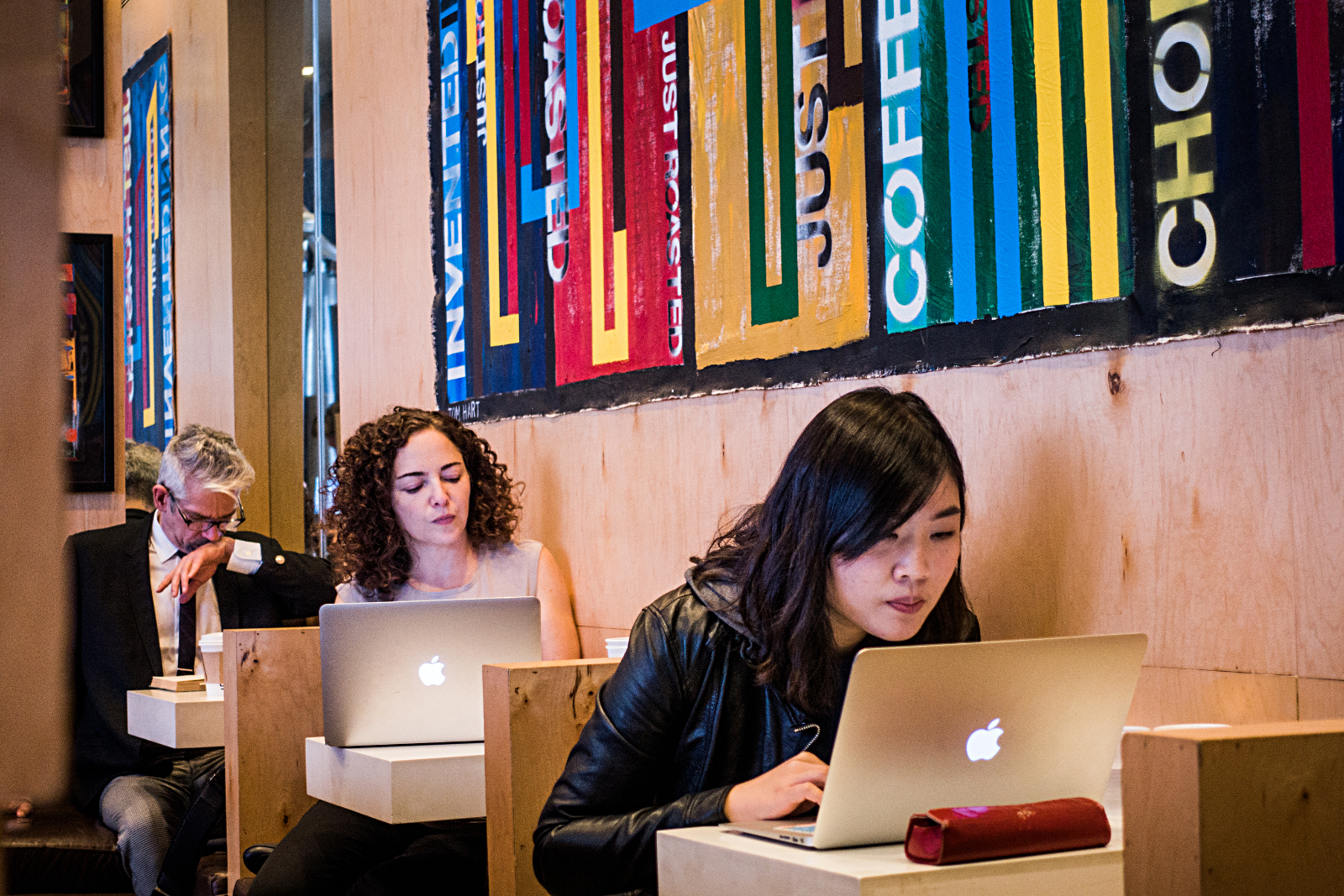
Students on courses that combine both face-to-face and online instruction – known as ‘blended’ learning – are the least satisfied with the quality of teaching compared to their peers who either took an all-online course or a direct learning course, revealed a recent student survey.
While blended learning has been hailed by many as the future of education, Times Higher Education’s (THE) survey of students in the U.S. found that those taking blended courses were less likely to say that they felt prepared for their future post-graduation, were challenged by the teaching, were able to apply their learning to the real world, could make connections among things they learned, or were able to learn critical thinking skills.
Students also said they believed their course didn’t provide value for money and were less likely to choose their university again for further study or recommend it to friends.
US blended learning students ‘least engaged with teaching’ https://t.co/1D8QXBlV2i #USCollegeRankings pic.twitter.com/cNO8cYqE11
— World Uni Rankings (@THEworldunirank) December 13, 2016
Respondents were questioned over the methods of instruction they received, such as whether they were taught entirely face-to-face while possibly supported by digital tools; primarily face-to-face with substantial online activities; entirely through an online platform while possibly with face-to-face faculty check-ins; or mostly through a digital platform with face-to-face faculty interactions.
Out of the students taking blended courses, those who were primarily online were less engaged than those with more face-to-face interaction, but both groups were found to be less happy with their course than those who took courses run entirely online or face-to-face.
Students on purely online courses were the most satisfied across most of the measures, except for the question of whether they felt challenged, while students on entirely face-to-face courses scored the highest for feeling prepared for their future career.
Could blended learning be just the latest educational fad? Hopefully not, writes @ArnettTom. Here’s why: https://t.co/TmY1zboNql
— Education Next (@EducationNext) December 12, 2016
However, when it comes to measures that are reliant on interaction, such as communication with staff, collaborative learning opportunities and social engagement, students taking either entirely or mostly face-to-face courses were the happiest.
The survey included a free comment section that invited students to give their suggestions on how their university could improve, and THE noted that several students on blended learning courses highlighted the quality of teaching, asking for more experienced instructors.
Other blended learning students also wished there had been more interaction with academic staff, and requested better office hours.
How Technology is Enabling Today’s Blended Learning Environment #blendedlearning #edtech https://t.co/0qtXX2KyAB
— Mooka Media (@Mooka_Media) December 13, 2016
Commenting on the survey’s findings, the chair in educational technology at the UK’s Open University, Mike Sharples, told THE that the students’ feedback did not mean that “blended learning is a failure”, but rather that universities were still in the midst of figuring out “how to blend properly”, adding that there was also “a difference between what students say they like and what they do better at”.
The survey involved 100,000 students studying at U.S. higher education institutions, asking them to rate their university on a scale of one to 10 (zero meant no support, and 10 meant fully supported).
Of the students surveyed, 60,631 were taught entirely face-to-face, 31,585 were taught primarily face-to-face, 2,630 were taught mostly through a digital platform, and 2,315 were taught entirely through an online platform.
Image via Shutterstock
Liked this? Then you’ll love these…
MIT opens doors with first blended Master’s degree offered exclusively to online learners







